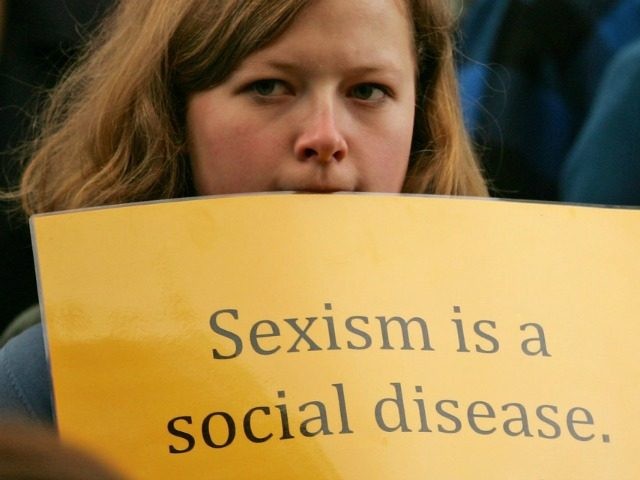Today marks “Equal Pay Day,” a day devised by feminist activists to bring attention to the misleading claim that American women receive 20 percent lower pay on average than men for the same work.
Each year, the National Committee on Pay Equity (NCPE) promotes “Equal Pay Day,” a day of activism designed to bring attention to the curious claim that American women receive 20 percent lower compensation on average than men for the same work.
Because feminists activists cite the wage gap as a justification of their claim that America is an oppressive patriarchal society dominated by men who actively participate in holding down women, it’s important that we seek widespread understanding that this claim is dishonest and untrue.
Fortunately, there is a major problem with the studies that support the wage gap claim – they control for none of the relevant factors that explain it is not America’s oppressive and discriminatory patriarchal society that is to blame for such raw wage differences, but rather the different choices that men and women make with regards to their labor such as desired fields of work, and total amount of hours worked.
Accounting for these relevant factors, such as hours worked, marital status, number of children, education, occupation, number of years of continuous uninterrupted job experience, is crucial to understanding the differences that arise in salary. Controlling for just the total hours worked lessens the gap to 10.7 percent. In fact, when all of these factors are controlled for, the wage gap almost disappears entirely.
Even The Atlantic has called the gender wage gap, “famously false,” after they cited a PayScale study that revealed that “that the wage gap nearly evaporates when you control for occupation and experience among the most common jobs, especially among less experienced workers.”
Mark J. Perry, a scholar at the American Enterprise Institute, points out that the loudest advocates for the gender pay gap fail to cite examples of specific firms paying women 20 percent less than men for doing the same job.
Despite the widespread acceptance of the frequent “66/77/80 cents on the dollar for the same job” claims documented above, there is rarely ever any specific evidence presented showing that specific organizations are in violation of federal law by paying women 20% or more less than men for doing the same job.What politicians like Obama, Clinton, and Edwards, and gender activist organizations like the NCPE and AAUW are really implying is that firms and organizations across the country are rampantly and illegally violating the Equal Pay Act of 1963 by paying women 66/77/80 cents on the dollar for doing the same work as men, and those deliberate, flagrant and ongoing violations are somehow going undetected.
Writing in The Observer, columnist Ashe Schow highlighted that men tend to enter higher-paying fields and women tend to enter lower-paying fields.
Nine of the top 10 highest-earning majors were dominated by men (the second highest-earning, pharmaceutical sciences and administration, were slightly dominated by women, at 52 percent). Nine of the top 10 lowest-earning majors were dominated by women (women made up just 34 percent of theology and religious vocation majors and 55 percent of health and medical preparatory programs).
New research from the National Committee on Pay Equity for Equal Pay Day 2017 suggests that the wage gap is slowly closing, but the study cited fails to control for these relevant factors that would reveal that the source of the gap is not gender discrimination in hiring, but rather the different career paths and labor habits that men and women exhibit in contemporary American society.
Tom Ciccotta is a libertarian who writes about economics and higher education for Breitbart News. You can follow him on Twitter @tciccotta or email him at tciccotta@breitbart.com

COMMENTS
Please let us know if you're having issues with commenting.